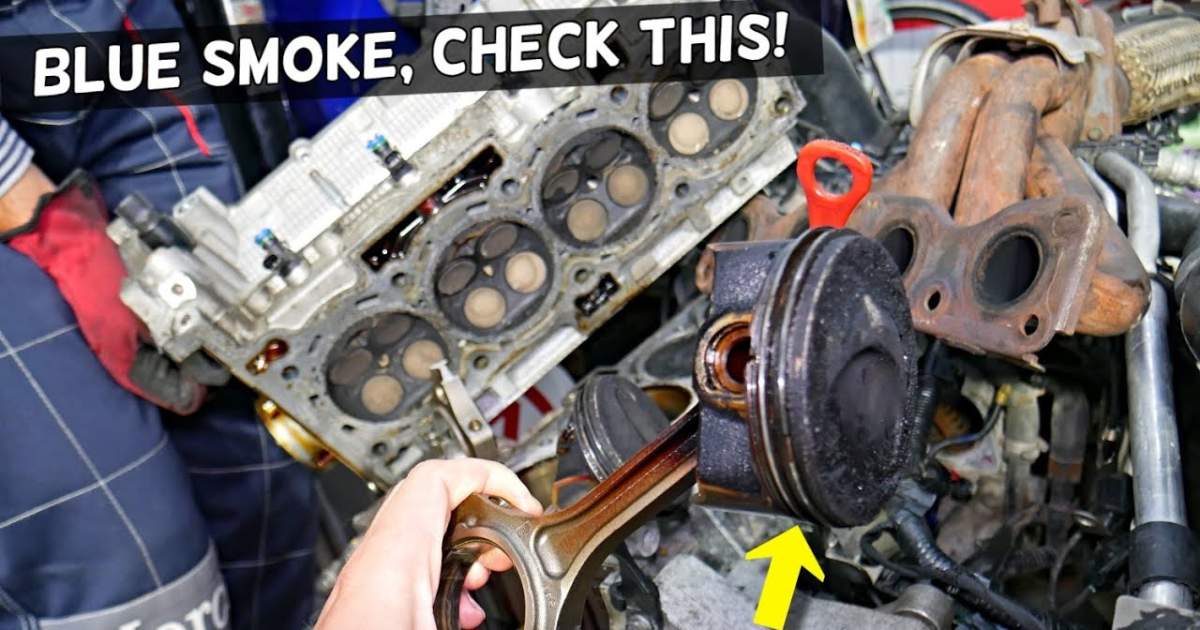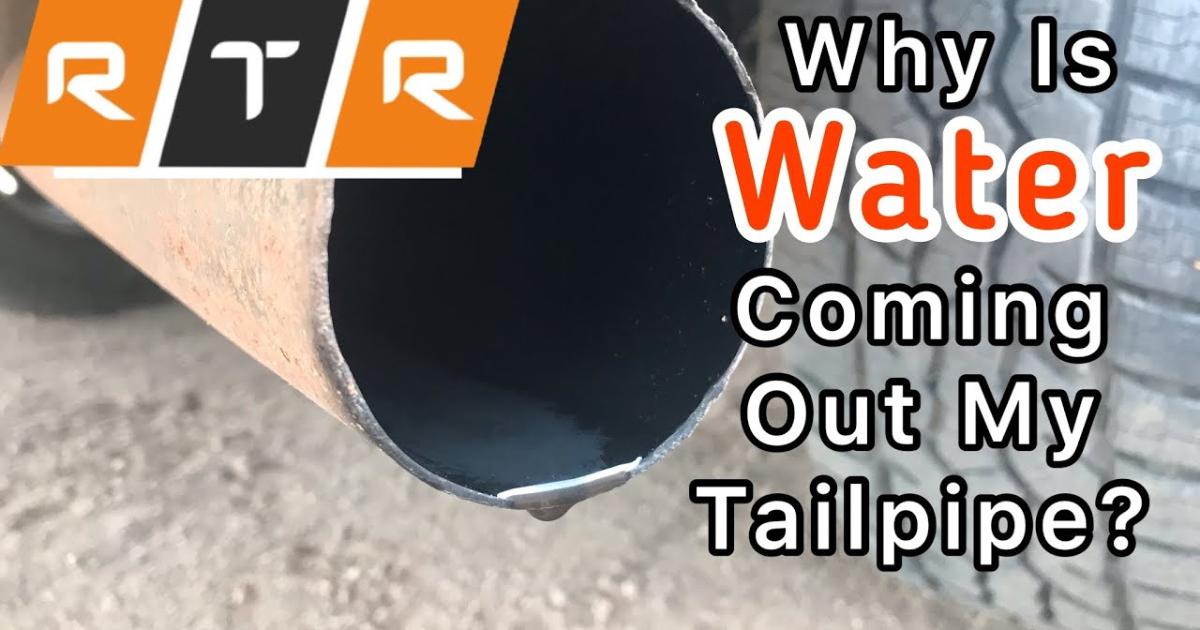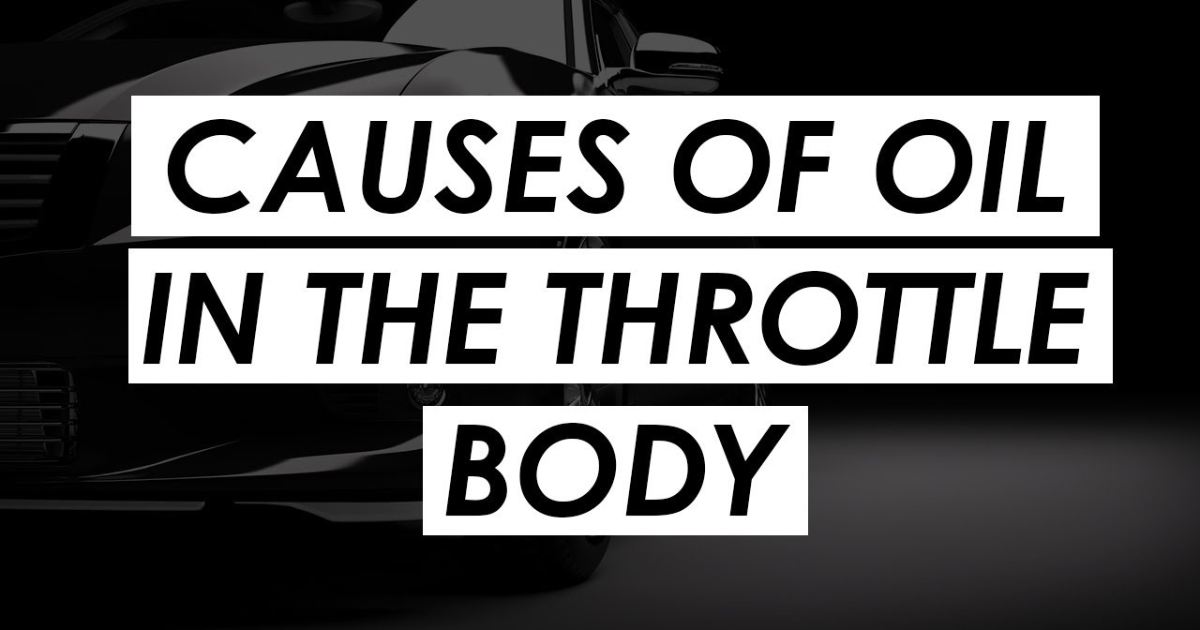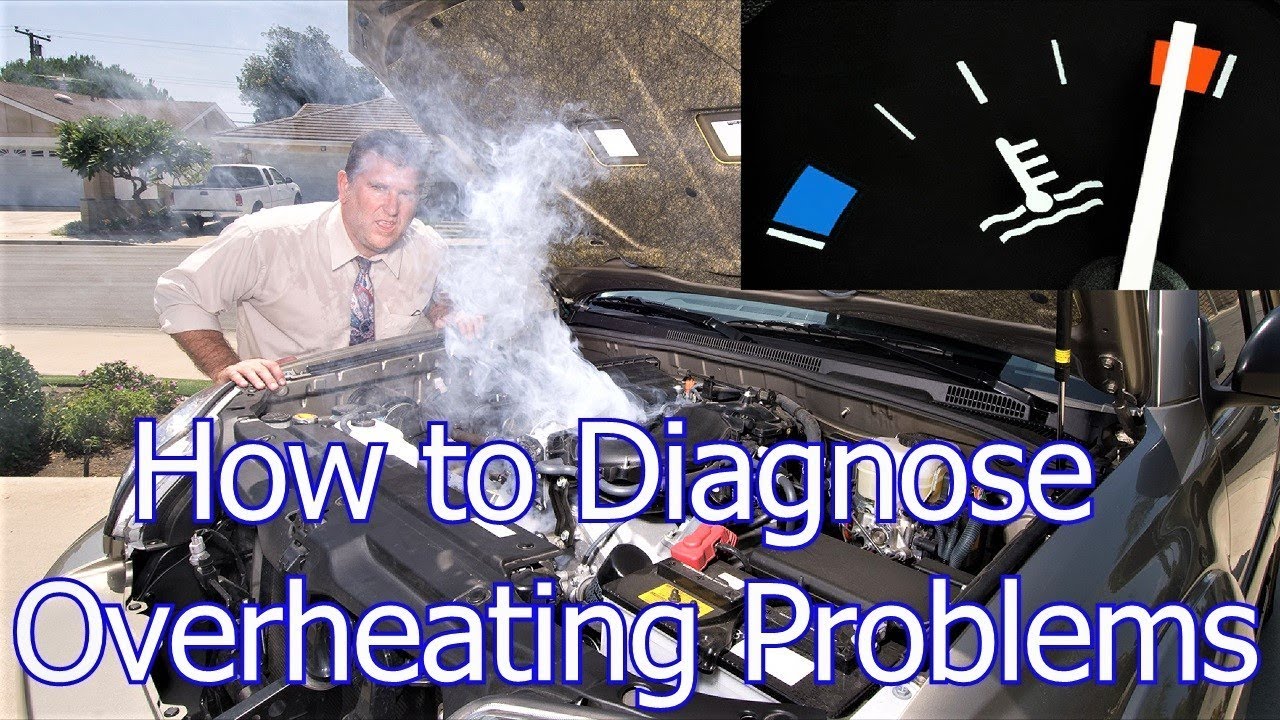Blue smoke from exhaust is a common problem that can indicate several issues with a car’s combustion system. It is essential to address this issue promptly to avoid further damage to the engine. In this article, we will discuss the causes of blue smoke from exhaust and how to fix them.
Causes of Blue Smoke from Exhaust

The emission of blue smoke from a car’s exhaust means a mixture of oil with gas within the combustion cycle and the release of incompletely burned fuel alongside the burning oil. The main reasons for this are:
- Oil and fuel mixture: When a vehicle’s valve seals get dry and crack, they become ineffective in keeping the fluids intact separately from mixing. This leads to the mixture of oil with fuel during the combustion process, which produces blue smoke from exhaust on startup.
- Dripping oil onto the headers: A defective gasket could lead to oil escaping between the head and the engine block, leading to oil dripping onto the hot parts of the exhaust of the car’s drivetrain. This results in blue smoke from the exhaust and a smelly odor.
- Oil leaking into hot engine parts: When a vehicle’s valve cover gasket or head gasket goes bad with oil dripping onto the hot areas of the engine bay, such as the headers, the oil will evaporate. This produces a massive outflow of blue smoke, which can be seen from the exhaust when accelerating or from the hood when idling.
- Defective glow plugs in diesel engines: In diesel engines, bad glow plugs can cause blue smoke from exhaust. This makes it difficult for the car’s engine to start normally and may lead to longer cranking time.
How to Fix Blue Smoke from Exhaust
Fixing the problem that causes blue smoke from exhaust is always cheaper than risking further damage to the engine. Here are some recommendations to fix the fault responsible for the blue smoke produced by your car’s exhaust:
- Drain out excess oil: If a car’s exhaust starts to emit blue smoke, the oil leakage that is responsible may be due to excess oil. Ensure to drain out the extra oil leaking out of its place. Once this is done, check to see whether the exhaust still produces blue smoke.
- Replace the bad valve seal or any other faulty parts: If the problem is with the valve seal, it would cost around $40 to get the part. You would also need a wrench, and the part may cost approximately $80. Then, you could budget anything around $300 or more for labor costs. If the challenge is with the piston rings, you may likely have to opt for an engine replacement. Replacing this component can cost anywhere around $2,500 or more.




